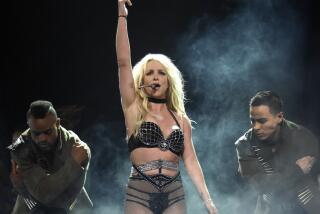Jeff VanderMeer on the beauty and weirdness of Florida
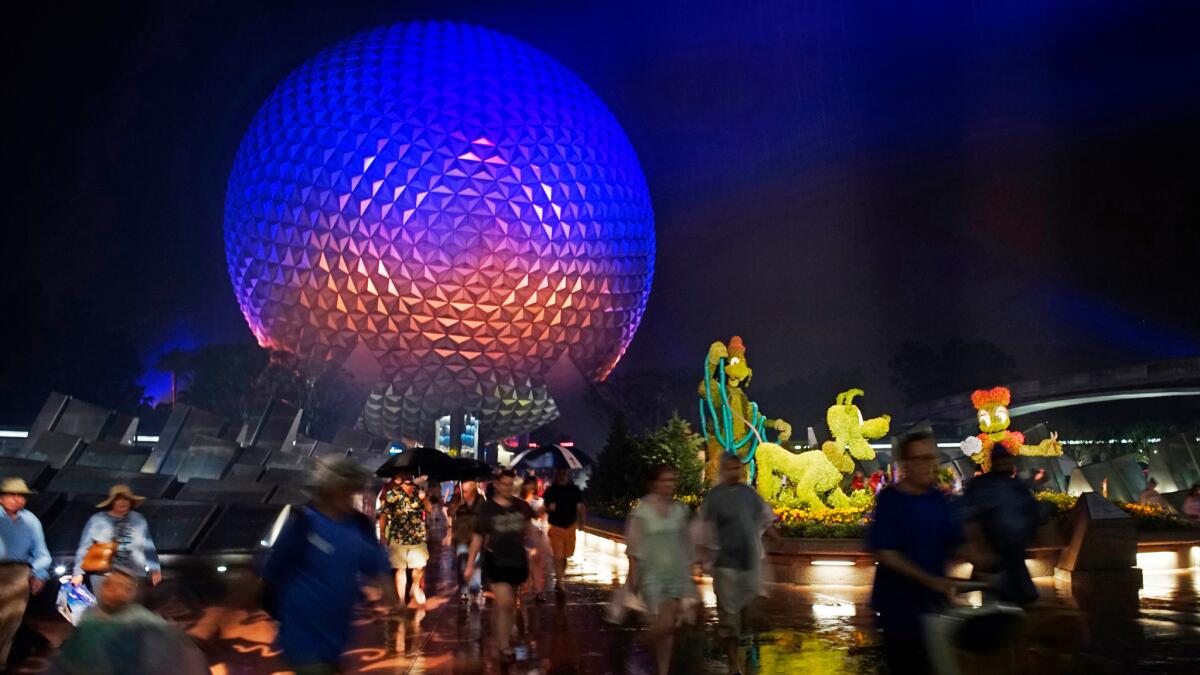
In Tallahassee in the mid-1990s I once tried to save a huge snapping turtle before a car could hit it — in the middle of a raging thunderstorm — only to wind up desperately hanging onto its shell for dear life so I wouldn’t get bit while people slowly drove past looking at me like I was crazy. Then there was the time when, as a kid, my mom asked me to go retrieve a colorful buoy out on some mud flats in the Florida Keys and I sunk into the goo to my waist and had to be hauled out with a rope. And all too recently I opened my car trunk to an eruption of fungi after a thunderstorm and was so unnerved I drove off with my pant leg caught in the door and in the middle of driving started screaming because I thought some animal was in the car with me.
More than once, seemingly without warning, I have been transformed into what today has been popularized as #FloridaMan, the hashtag on social media that seems inextricably connected to the Darwin Awards. Because the sad truth is, anyone who lives in this state can become #FloridaMan. Some just try harder than others.
* * *
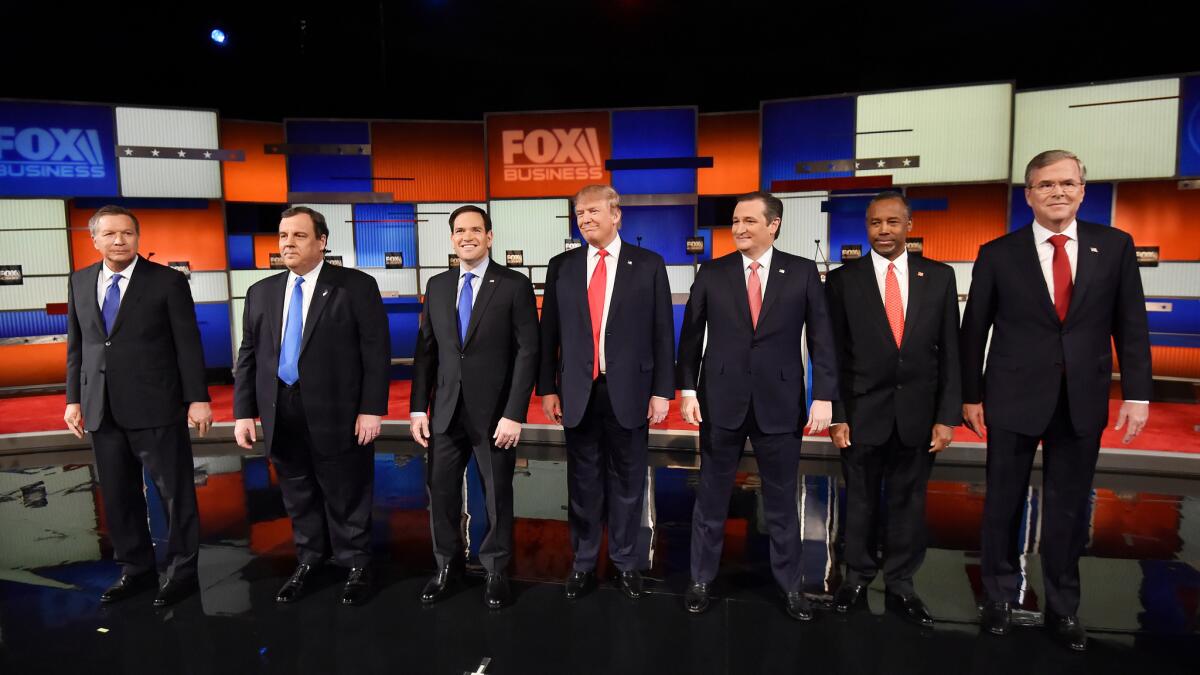
Reporter Craig Pittman has written an extraordinary catalog of “weird Florida,” “Oh, Florida! How America’s Weirdest State Influences the Rest of the Country,” that attempts to make sense of our state — although some might consider Florida less an influencer and more a predictor or an eclectic outlier. Like California, Florida looms large in the national imagination: sunny weather, great beaches, and stunning natural landscape along with attractions like Disney World have made it a tourist destination and retirement utopia. But it is also a place rife with corruption, fraudulent schemes and unchecked development. Not to mention the newsmaking crazy stories behind #FloridaMan.”
Pittman addresses the stereotypes inherent in a state so full of contradiction upfront, in a prologue titled “The Punchline State,” then gets on with showing just how complex Florida can be. In 18 fact- and anecdote-packed chapters Pittman goes well beyond the absurdities to explore the tension between urban and rural Florida, between the plastic Disney World aspects and parts of the state that do not appear on any tourist brochure and never will.
One of the many tragic things about the recent Pulse nightclub shootings is that the state has become a home to people from so many diverse cultures and ways of life, an aspect of Florida that will only become a more evident in decades to come. This even though — yet another Florida contradiction — state government is dominated by politicians from the right, who often do their level best to emulate the do-nothing Republican U.S. Congress.
Novelist Laura van den Berg, whose short stories about the state strike me as the truest sort of new journalism, grew up in Orlando. I called to ask her about the state, which she accurate describes as “all these little countries of strange huddled under a larger banner. A few years ago, I spent the summer in the Keys, a part of the state I hadn’t spent much time in, and that is a whole different kind of strange than Orlando. Florida takes a certain pride in its strangeness, even if it’s a grudging pride, so the peculiar is more visible.”
Having lived in Florida since I was 9, I’ve had experience of that visible strangeness. You can imagine, for example, a boy’s bewilderment on the monorail to Epcot, looking down to see a Disney employee placing seashells on the fake beaches of one of their hotel resorts so tourists could have a more authentic experience!
As that rarest of things, a native Floridian, Pittman is well positioned to write the definitive guide to all these different Floridas, including the contradictions and controversies. His ancestors came to Florida in 1850, and he “grew up hunting in Florida’s forests, fishing in its lakes, canoeing its rivers. I have battled its sandspurs and no-see-ums. I have savored the sweet scent of a grove full of orange blossoms and gagged at the stench from a paper mill.”
Pittman has also been one of the state’s foremost environmental reporters since 1989, for the Tampa Bay Times. He’s often been a thorn in the side of our current inept and nature- and tourism-averse governor, Rick Scott (the ultimate #FloridaMan).
See the most-read stories in Life & Style this hour >> »
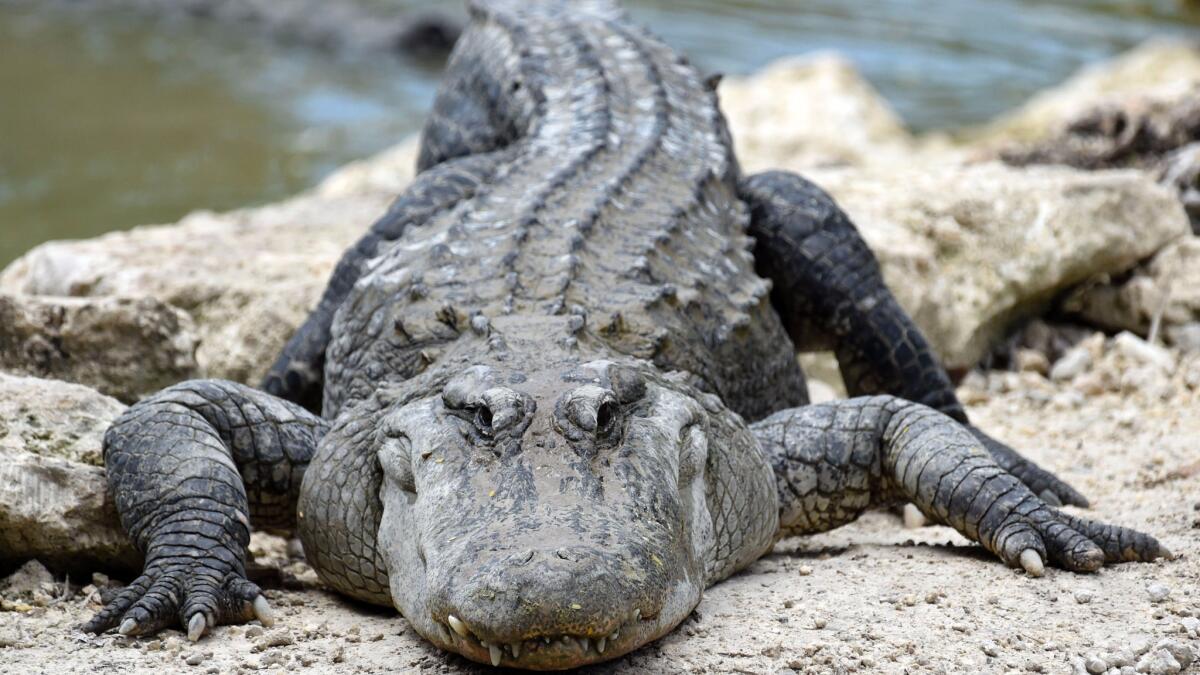
Perhaps because Pittman has a reporter’s eye, the thoroughness and voluminous nature of “Oh, Florida!” can be overwhelming (much like the state he describes!), and readers will get best results by dipping in and reading a chapter or two at a time. But the book does a good job with the impossible task of documenting the bewildering variety of a place with vast resources, eccentric small towns juxtaposed with sprawling strip-mall cities like Jacksonville or Tampa, that has experienced population growth from 11 million 30 years ago to 20 million now. And given that, as Pittman, notes, “Florida fielded the most candidates for the 2016 Republican nomination” — five, including part-timer Donald Trump — what happens in Florida definitely doesn’t stay in Florida.
Any chapter at random also reaffirms Pittman’s love for Florida and at least part of his reason for writing. In chapters like “The Gunshine State” and “The Tower of Power,” Pittman might affect a light tone on serious topics — he’s absolutely right that the Capitol building here in Tallahassee looks like a huge phallus with testicles to either side — but he’s actually making an impassioned plea for better governance and better stewardship of Florida’s natural treasures.
Other chapters, like “Flirting with Disaster,” label Florida the most dangerous state because of the chance of real-life Sharknados due to the deadly mixture of shark attacks and, exacerbated by global warming, “Our hurricanes. And our tornadoes. And our lightning strikes.” Not to mention sinkholes exacerbated by terrible development decisions and oil spills or, as we’re seeing this year, toxic algae caused in part by Scott ignoring scientists’ recommendations about run-off from large-scale agriculture. Meanwhile, Miami Beach is being reclaimed by the sea.
For most Floridians, though, disaster-flirting comes at a smaller, quieter scale — sudden plagues of frogs, grasshoppers, or invasions of walking catfish. Often the distinction between inside and outside doesn’t much matter. No matter how you try to keep nature at bay, it’s going to manifest in your house.
Van den Berg remembers that when she was in college “I came into my apartment to find a toad the size of a dinner plate sitting, stone cold dead, in the fruit bowl.”
Once, for a business trip, I stayed in a hotel in the central Florida town of Sebring during the off-season with hallways that had ceilings much lower than those in the hotel rooms themselves, a missing floor, broken screens that meant an army of birds flew down the corridors, and in the room itself a wall that was moist with some kind of ectoplasm — no doubt symptomatic of something gone awry with Florida humidity. That night was a strange mélange of nonsleep punctuated by too-near bird song, unexpected pale pink geckos, and the sense that the gooey walls were closing in.
Only in Florida!
* * *
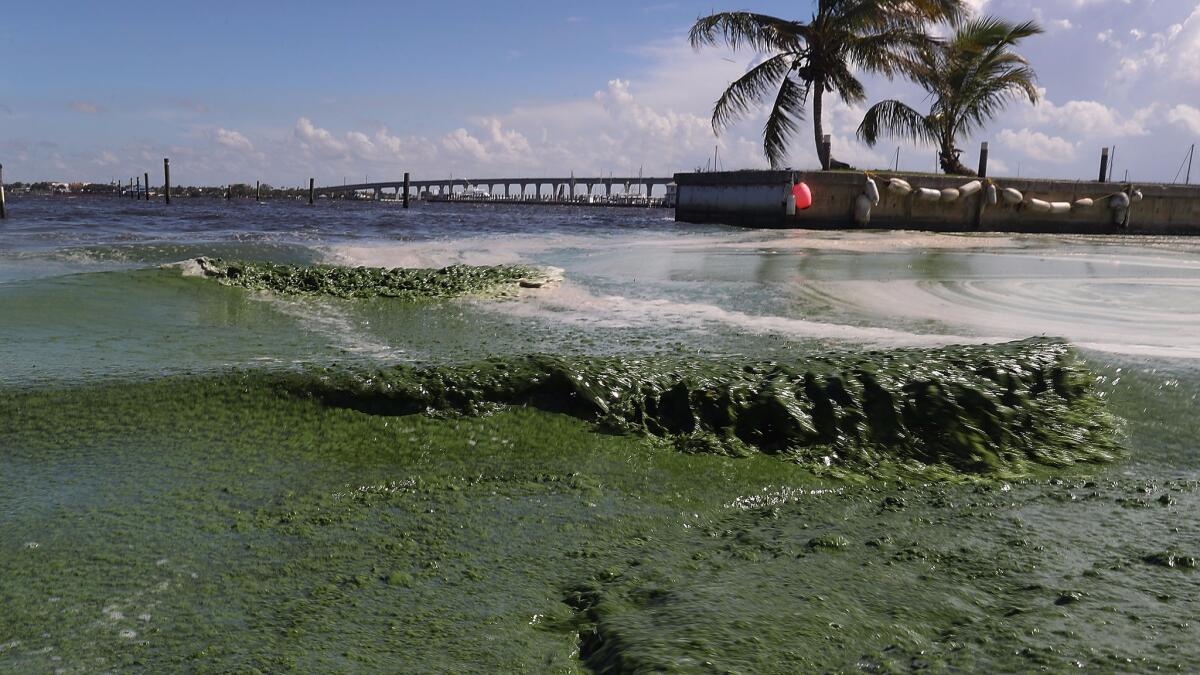
Sometimes, as is only natural, Pittman’s obsession with cataloging so much means the most potent weirdness receives only cursory mention, like the improbable Coral Castle south of Miami. The walled structure was built by a proto-#FloridaMan from Latvia as a monument to his love for a girl in his homeland who probably saw him as a stalker and the place is almost uncannily aligned with certain celestial bodies. When I visited several years ago, a psychic was taking readings as was a physicist — the genesis for the cult-like Séance & Science Brigade in my Southern Reach novels. It may be a tourist attraction, but the Coral Castle has yet to give up all of its mysteries. Slowing down long enough to give further detail on some of the truly weird things in Florida might have served Pittman well.
Yet his fast-roving narrative has a rollicking pace that readers will enjoy. Who can resist the essential elements of Florida Weird in Pittman’s chapter “The Sinshine State”: nudity, the presence of an exotic animal, and some act gone terribly wrong. (Given that measure, encounters like mine with the snapping turtle don’t rate; there was no nudity except on the part of the turtle).
If nature and culture can clash even inside a Florida hotel room, then it’s no wonder that Pittman’s book again and again returns to the subject, be it whimsically with the “Giant Penguin of Clearwater” (“seen” in the area up until 1958), or seriously with “Trading Gators for Beer.”
Alligators will be forever identified with Florida even if our relationship with them has often been fraught — hunted almost to extinction for their hides, then reborn as a selling point for tourism as their numbers rebounded. They are now in the vanguard of the clash between wilderness and development, as shown by the tragic death of an infant on a Disney’s Grand Floridian Resort in June. Simple precautions make attacks unlikely, but more and more alligators are being killed. How can we coexist?
* * *

Florida has several unique, irreplaceable habitats. Paynes Prairie in Gainesville contains grasslands rare in the U.S. that resemble the pampas of Argentina. The Forgotten Coast of North Florida, inspiration for my fiction and the site of St. Marks Wildlife Refuge, is the epicenter of a series of transitional landscapes, from pines to swamp and mud flats and beach, a place distinctly Floridian in the summers, but in winter possessed of a stillness, backed up by thistles and other hardy plants that make the place more akin to a sparse stretch of Scottish coastline. Not to mention the Everglades, which have been mutilated by the actions of Big Sugar.
The Everglades may be the posterchild for both the richness of Florida’s wilderness and its despoilment, but it’s hard to find any part of the state that hasn’t suffered from agriculture or development. Even Wakulla Springs, only a half-hour drive from Tallahassee, suffers from algae because of human activities. I’ve known the springs since the 1990s, and the change is startling. Once, you could see right to the bottom at any depth, and fish were abundant. The manatees still swim there, sometimes with difficulty, but the springs are murky and dull now, driving off some wildlife. If restoration were started today, a boat tour guide told me last year, it would take 20 years to see clear water again.
Former Floridian and fiction writer Joy Williams’ recently reissued essay collection on the environment, “Ill Nature,” comes right out and says what Pittman, through accretion of anecdotes often only says indirectly: “After [Florida] was tamed and drained, entrepreneurs could make her appear to be any number of things. Florida could be anywhere and serve the fantasies of anyone. Everything from coconuts to cypress knees to coral became a souvenir.”
In this context, it’s harder to dismiss Pittman’s portrayal of Florida politicians and developers as caricatures too broad even for a Hollywood adaptation, because that is part of the #FloridaMan MO: What seems extravagant, bizarre, unlikely is fairly typical in Florida. Our primary fallacy in reading about these exploits is to remain incredulous.
What is most tragic about the “weirdness” Florida generates is how unnecessary and counterproductive most of it is. The tension between development and natural environments is a false opposition. As Pittman’s tales help demonstrate, modern colonization of Florida has been so inefficient, so cost-ineffective, so without proper thought or planning, and so antithetical to long-term quality of life that it can in no sense be thought of as representing best business practices. There is no real reason why Florida needs to resign itself to a future of pollution, unregulated development, and despoilment except for greed and selfishness.
Yet despite the many ways in which Florida has been attacked by its own inhabitants, betrayed by its own government, Pittman’s book shows there is hope. Florida retains a “dangerous beauty,” he writes, is “awful and awesome, so starkly weird and wonderful.” Without that wilderness, Florida will become what Williams accuses it of being: a cotton-candy county-fair fantasy, the same sideshow attraction suggested by the most eccentric and venal of characters in Pittman’s stories.
At present, despite the despoilment and misuse of resources, there’s still a vibrant landscape to explore and to cherish. Hopefully, no matter what the rest of the nation thinks of #FloridaMan, there will still be something here worth preserving for a long time to come — and people like Pittman willing to defend it. Weird or not.
VanderMeer is a bestselling novelist who lives in Tallahassee, Fla. He once created a fake Florida freshwater squid that got him in trouble with fishermen, cephalopod experts, a Sebring newspaper, and a BBC wildlife show. But he still claims he is not #FloridaMan.
MORE JACKET COPY
North to Alaska in Dave Eggers’ new ‘Heroes of the Frontier’
Q&A with Jade Sharma, author of the edgy debut ‘Problems’
Donald Ray Pollock’s ‘The Heavenly Table’ is brutal American Gothic literature
More to Read
Sign up for our Book Club newsletter
Get the latest news, events and more from the Los Angeles Times Book Club, and help us get L.A. reading and talking.
You may occasionally receive promotional content from the Los Angeles Times.

